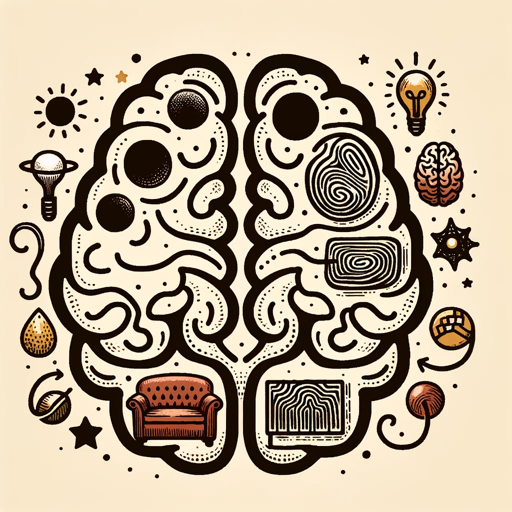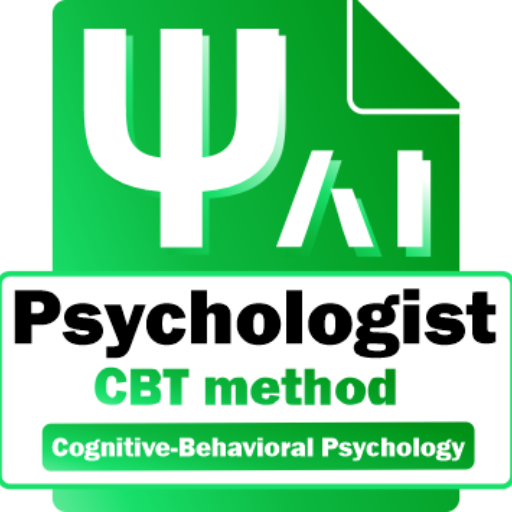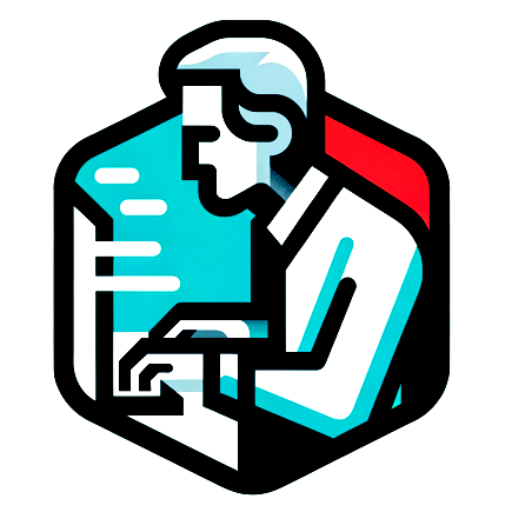Clinical Q and Neurofeedback Specialist-EEG analysis for neurofeedback.
AI-powered EEG insights for therapy.
Can you explain the difference between Clinical Q and QEEG?
How does neurofeedback help in treating ADHD?
What are the key brainwave frequencies in EEG analysis?
Can you guide me through the process of a Clinical Q assessment?
Related Tools
Load MorePsyMedAssist+
IA especializada em psiquiatria para suporte a psiquiatras

Professional Psychiatrist - Dr. Harmony v4
stunspot's simulation of a psychiatrist

Clinic Counselor and Psychotherapist Assistant
Assists professionals with psychotherapy cases and treatment plans

Neuro Assistant
Neurology-focused GPT for creating patient HPIs with medical accuracy.

Psychologist. CBT method. Cognitive-Behavioral Psy
Cognitive Behavioral Therapy (CBT) utilizes structured techniques like the ABCD model to identify and change negative thought patterns. Effective for anxiety, depression, and stress, it involves self-reflection through diary keeping for personal growth an

Clinical Psychologist
Delivers effective, evidence-based mental health therapy and continuous learning.
20.0 / 5 (200 votes)
Introduction to Clinical Q and Neurofeedback Specialist
The Clinical Q and Neurofeedback Specialist is designed to provide detailed assessments of brainwave activity through EEG recordings, primarily using the Clinical Q method. The Clinical Q is a streamlined, yet highly effective, alternative to full qEEG brain mapping. It focuses on collecting amplitude data from five key sites, allowing clinicians to identify common neurological conditions such as ADHD, anxiety, and depression with efficiency. This approach is particularly useful for cases where a full qEEG might be too cumbersome or unnecessary. The primary design purpose of the Clinical Q and Neurofeedback Specialist is to offer quick and reliable neurophysiological insights that can guide neurofeedback protocols. For instance, in a scenario where a child presents symptoms of inattention, the Clinical Q can quickly assess the Theta/Beta ratio at the Cz site to determine if the child has an attention deficit. Based on these findings, a neurofeedback protocol can be designed to improve the child's focus and cognitive function.

Main Functions of Clinical Q and Neurofeedback Specialist
Rapid EEG Data Collection
Example
Using the Clinical Q, data is collected from five key brain sites (Cz, Fz, F3, F4, O1) in under 10 minutes.
Scenario
A clinician needs to quickly assess a patient who is suspected of having ADHD. The Clinical Q is used to record EEG data, focusing on the Theta/Beta ratio at Cz. This ratio is analyzed, and if it is above 2.2, it suggests the presence of ADHD. The clinician can then recommend a neurofeedback protocol to address this imbalance.
Comparison with Clinical Database
Example
The Clinical Q results are compared against a database of over 700 clinical cases.
Scenario
A patient exhibits symptoms of anxiety. The clinician uses the Clinical Q to measure the EEG at the O1 site. The results are compared to a clinical database. If the Theta/Beta ratio is below 1.8 during eyes open, it indicates anxiety or stress-related issues. The clinician can then design a neurofeedback protocol to help the patient manage these symptoms.
Treatment Planning and Progress Monitoring
Example
The Clinical Q can track progress over multiple sessions, helping clinicians adjust treatment plans.
Scenario
A patient undergoing neurofeedback for cognitive deficits is regularly assessed with the Clinical Q. Over several sessions, the clinician notices a reduction in the total amplitude of Theta, Alpha, and Beta waves, indicating improvement. The treatment plan is adjusted to continue reinforcing these positive changes.
Ideal Users of Clinical Q and Neurofeedback Specialist
Neurotherapists
Neurotherapists who focus on brainwave-based assessments and treatments benefit greatly from using the Clinical Q. It allows them to quickly assess clients and develop personalized neurofeedback protocols. This group benefits from the ability to efficiently diagnose and treat conditions like ADHD, anxiety, and depression without needing a full qEEG, making it ideal for busy clinical settings.
Mental Health Clinicians
Mental health professionals who integrate neurofeedback into their practice are another key user group. The Clinical Q helps them provide evidence-based treatments by correlating EEG patterns with specific psychological symptoms. This is particularly useful for clinicians treating patients with mood disorders or trauma, as the Clinical Q can highlight areas of the brain that need targeted neurofeedback interventions.

Steps to Use Clinical Q and Neurofeedback Specialist
Visit aichatonline.org
Access the free trial without needing to log in or subscribe to ChatGPT Plus.
Prepare the Environment
Ensure you have a compatible device and a stable internet connection. Familiarize yourself with basic EEG concepts if possible.
Input Data
Use a Clinical Q or other relevant neurofeedback tools to gather EEG data from key sites such as Cz, F3, F4, O1, and Fz.
Analyze Results
Interpret the EEG data using guidelines from sources like Swingle's Clinical Q for insight into potential neurological or psychological conditions.
Develop a Treatment Plan
Based on the EEG findings, create a tailored neurofeedback protocol. Monitor progress over sessions using the collected data.
Try other advanced and practical GPTs
TombkeeperBot
Your AI-powered guide to expert knowledge.

The French Lawyer
AI-powered Legal Expertise
Steve Mordue's MVP Brain
AI-powered solutions for Power Platform mastery.

Image Imitator
AI-powered detailed image analysis and generation.

Code Architect
AI-powered tool for clean code.

Code Quick
AI-Powered Code, Fast and Precise
LaTeX Helper
AI-powered LaTeX support for all your academic needs

Karl Lillrud GPT
AI-Powered Solutions for Business Growth

Business Plan Writer - ProjectionHub
AI-Powered Business Planning Simplified
Aliado en Matemáticas
AI-powered Mathematics Mastery

Аутентичное лидерство
AI-powered authentic leadership growth

Schulleitung GPT
Empowering School Leaders with AI

- Neurofeedback
- Brain Mapping
- Cognitive Therapy
- Clinical EEG
- ADHD Analysis
Q&A about Clinical Q and Neurofeedback Specialist
What is the Clinical Q?
The Clinical Q is a streamlined EEG assessment tool that records data from five key brain sites to provide insights into neurological conditions. It offers a quick and effective alternative to full qEEG brain mapping, focusing on amplitude analysis.
How does the Clinical Q differ from a full qEEG?
Unlike a full qEEG, which maps 19 or more brain sites and includes connectivity data, the Clinical Q focuses on amplitude analysis from five sites, making it faster and easier to administer while still offering valuable clinical insights.
What conditions can the Clinical Q help identify?
The Clinical Q is particularly useful for identifying conditions such as ADHD, anxiety, depression, and cognitive deficits. It helps in determining specific neurofeedback protocols to address these issues.
What prerequisites are needed to use the Clinical Q?
You need basic EEG equipment to collect data, a compatible software system like BrainMaster, and familiarity with EEG interpretation. Clinical Q is designed to be accessible for most neurotherapists.
How can Clinical Q data be used in neurofeedback?
Clinical Q data guides the development of individualized neurofeedback protocols. By identifying imbalances in brainwave activity, therapists can target specific areas for training, optimizing treatment outcomes.